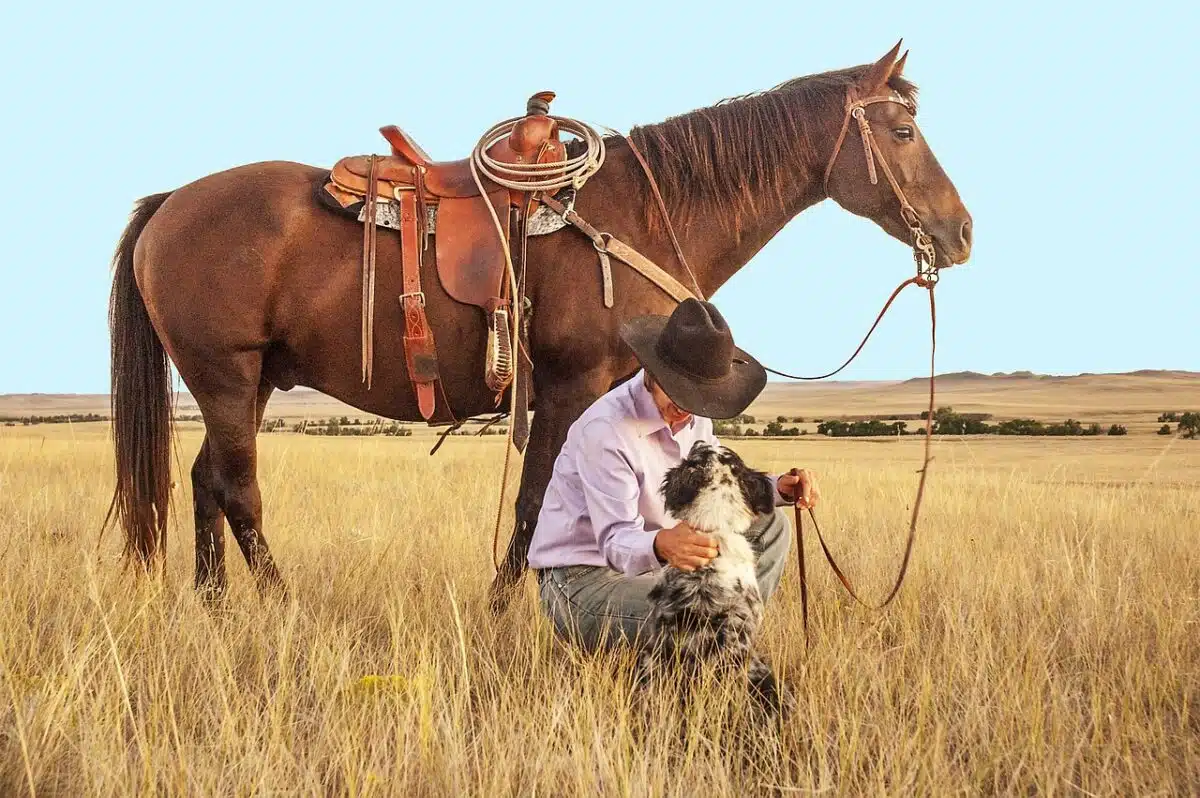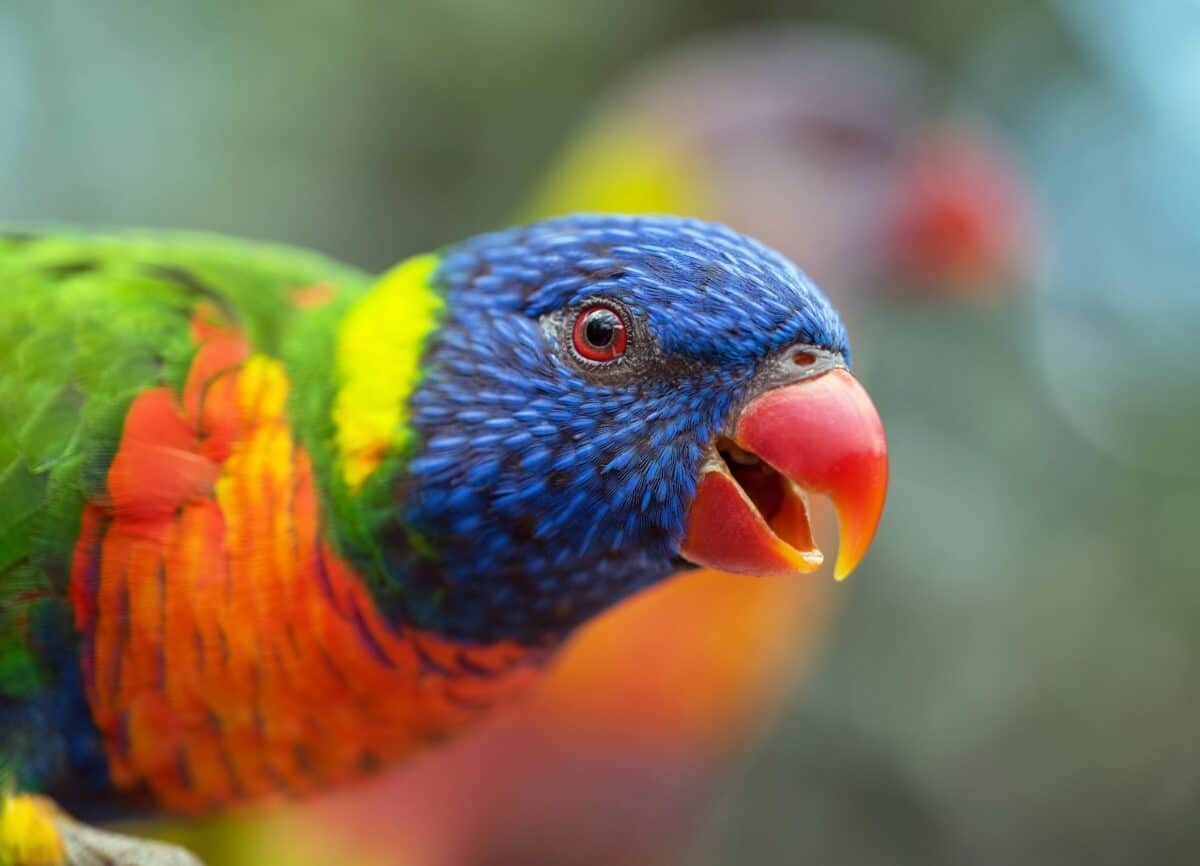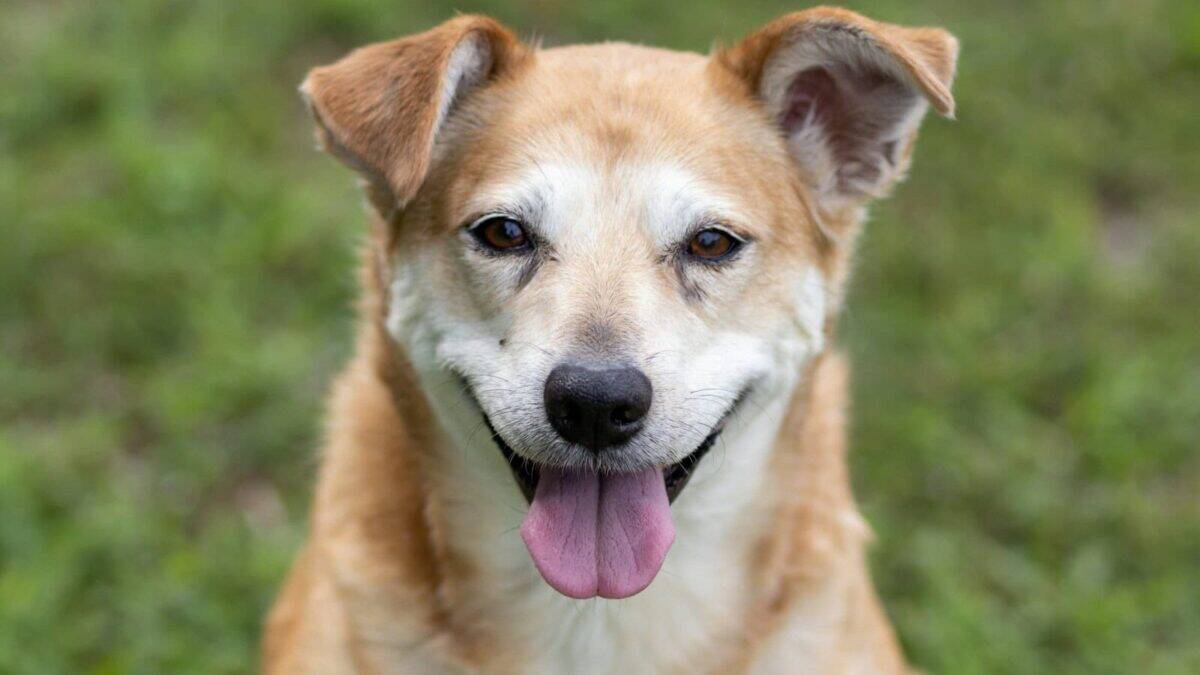Hollywood has a knack for creating memorable animal partnerships that capture our hearts and imaginations. From talking lions befriending warthogs to rats controlling human chefs, these unlikely animal duos have become iconic in cinema history. While these relationships make for entertaining storytelling, many would be impossible—or even dangerous—in the natural world. Let’s explore 15 beloved animal partnerships from movies that, while heartwarming on screen, defy the laws of nature and animal behavior.
Timon and Pumbaa The Meerkat and Warthog Alliance

Disney’s “The Lion King” gave us the unforgettable duo of Timon the meerkat and Pumbaa the warthog, whose “Hakuna Matata” philosophy resonated with audiences worldwide. In reality, meerkats are highly social animals that live in tight-knit colonies called mobs, primarily in the Kalahari Desert. They would never abandon their social structure to wander with a warthog. More importantly, warthogs are considerably larger than the 1-2 pound meerkats and could easily injure them unintentionally. In the wild, these species might occasionally inhabit the same territories but would generally ignore each other, with meerkats being much more concerned about predators from above than forming friendships with large mammals.
Remy and Linguini The Rat Chef and His Human

Pixar’s “Ratatouille” charmed audiences with Remy, a culinary-gifted rat who forms a partnership with Linguini, a bumbling kitchen assistant. While rats are indeed intelligent animals with problem-solving abilities, the idea of a rat guiding human cooking by pulling hair is pure fantasy. In reality, wild rats carry various pathogens that can cause diseases in humans, including salmonellosis, leptospirosis, and hantavirus. Health codes strictly prohibit rodents in food preparation areas for good reason. Additionally, rats typically avoid prolonged human contact and would experience extreme stress in a busy restaurant kitchen environment. Despite their bad reputation, rats are naturally clean animals that groom themselves regularly—but they still don’t belong anywhere near your ratatouille.
Manny, Sid, and Diego The Ice Age Trio

The “Ice Age” franchise built its success on the unlikely friendship between Manny the mammoth, Sid the sloth, and Diego the saber-toothed tiger. In the Pleistocene epoch, these animals did coexist temporally and geographically, but their relationship would have been predator and prey, not friends. Saber-toothed cats were apex predators that would have viewed both mammoths and ground sloths as potential meals, not traveling companions. Mammoths were highly social herd animals that stayed with their own kind, while prehistoric ground sloths (much larger than modern tree sloths) were solitary browsers. The movie’s premise of these animals migrating together ignores both the territorial nature of big cats and the different habitat preferences of each species. Rather than forming a “herd,” Diego would have been stalking the others as potential dinner.
Sebastian and Flounder Cross-Crustacean-Fish Friendship

Disney’s “The Little Mermaid” features a Caribbean red crab named Sebastian and a tropical fish called Flounder as best friends and advisors to Ariel. In nature, this relationship would be unlikely for several reasons. Crustaceans like crabs often see small fish as food sources, while reef fish like Flounder would instinctively avoid crabs as potential predators. Their habitats would also differ significantly—crabs spend much time in rocky crevices or on the ocean floor, while tropical fish like the blue tang (which Flounder appears to be based on) inhabit the water column above reefs. Different respiratory systems would also prevent them from having the long conversations they enjoy in the film—crabs use gills but must keep them moist rather than staying fully submerged at all times like fish. Their vastly different lifespans (fish: 2-7 years; crabs: up to 20 years) would also make sustained friendship unlikely.
Marlin and Dory The Clownfish and Blue Tang Partnership

While “Finding Nemo” depicts a heartwarming journey between Marlin the clownfish and Dory the blue tang, this partnership stretches biological reality. Clownfish rarely venture far from their protective sea anemones, which shield them from predators through a symbiotic relationship. In nature, clownfish produce a mucus coating that protects them from the anemone’s stinging tentacles, allowing them to live safely within this living fortress. They typically stay within a few meters of their host anemone throughout their lives. Blue tangs, meanwhile, are free-swimming reef fish that travel in schools for protection rather than pairing with other species. The vast distance traveled in the movie (from the Great Barrier Reef to Sydney) would be impossible for these small reef-dwelling species that lack the physiological adaptations for long-distance ocean travel. Additionally, both species are diurnal, meaning they’re active during the day and seek shelter at night, making their continuous journey implausible.
Baloo and Bagheera The Bear and Panther Mentors

In “The Jungle Book,” Baloo the sloth bear and Bagheera the black panther (melanistic leopard) serve as Mowgli’s jungle guardians. While both species do inhabit Indian forests, they would naturally avoid each other rather than collaborate. Sloth bears are primarily insectivorous, using their long snouts and powerful claws to feed on termites and ants, whereas leopards are carnivorous ambush predators. In real encounters, leopards have been known to prey on sloth bear cubs, while adult sloth bears fiercely defend themselves against leopard attacks. Their activity patterns also differ, with bears being primarily crepuscular (active at dawn and dusk) and leopards being more nocturnal. Rather than the friendly banter portrayed in the film, any actual interaction between these species would likely involve aggression, territorial displays, or one species fleeing from the other.
Simba and Zazu The Lion and His Hornbill Advisor

The relationship between young Simba and Zazu the red-billed hornbill in “The Lion King” simplifies a complex ecological interaction. In African savannas, certain bird species do follow large mammals, but not to serve as advisors. Red-billed hornbills are known to follow foraging mammals like mongooses to catch insects disturbed by their movement. However, these birds would be extremely wary around predators like lions, maintaining a safe distance to avoid becoming prey. Lions occasionally hunt birds when the opportunity arises, making Zazu’s close proximity to the royal family particularly dangerous. Additionally, hornbills are territorial birds that establish and defend breeding territories rather than serving a lion pride. While the movie shows Zazu reporting to Mufasa about kingdom affairs, real hornbills communicate primarily about their own territory and potential threats from predators, not kingdom politics.
Babe and Rex The Pig and Sheepdog Alliance

The heartwarming film “Babe” depicts a pig learning to herd sheep with guidance from Rex, a border collie. While pigs are indeed highly intelligent animals with problem-solving abilities comparable to dogs, their instincts and social structures differ dramatically from canines. Pigs are omnivorous foragers lacking the predatory instincts that make dogs natural herders. Border collies have been selectively bred for generations to enhance their herding abilities, with instincts to stalk, chase, and control movement—behaviors absent in pigs. Working sheepdogs typically view other farm animals hierarchically, not as apprentices. In a real farm setting, border collies might actually attempt to herd pigs rather than teach them. Additionally, while the movie portrays Rex passing down sheepdog wisdom through verbal instruction, real working dogs learn through a combination of instinct and visual demonstration from their handlers, not through cross-species mentorship programs.
Rango and Beans The Chameleon and Desert Iguana Romance

The animated western “Rango” features a romantic subplot between Rango, a pet chameleon, and Beans, a desert iguana. This pairing ignores fundamental biological incompatibilities between these reptile species. Chameleons are primarily native to Africa, Madagascar, and parts of Asia, not the American Southwest where the film is set. These specialized arboreal reptiles have prehensile tails and zygodactyl feet adapted for gripping branches, features unnecessary in the ground-dwelling desert iguanas of North America. The species have entirely different dietary preferences, habitat requirements, and communication methods. Chameleons use color changes primarily for communication and thermoregulation, not just camouflage as commonly believed, while desert iguanas rely on head-bobbing displays and physical posturing. In nature, different reptile species rarely interact except as competitors or predator-prey, and would never form the emotional bonds depicted in the film.
Woody and Bullseye The Cowboy and His Horse

While “Toy Story” exists in a fantasy world where toys come to life, the relationship between Sheriff Woody and his loyal horse Bullseye still perpetuates misconceptions about equine behavior. Real horses are herd animals with complex social hierarchies, not solitary companions devoted to a single human-like figure. Horses form strong bonds with other equines and require socialization with their own species for psychological well-being. The movie portrays Bullseye with dog-like behaviors—tongue hanging out, tail wagging, and displaying unconditional loyalty—characteristics inconsistent with natural equine behavior. Actual horses communicate through subtle body language, ear positions, and vocalizations specific to their species. They form relationships based on consistent handling and positive associations, not the instantaneous devotion shown when Woody and Bullseye meet. While horses can form strong human-animal bonds, the anthropomorphized, canine-like attachment displayed by Bullseye misrepresents natural equine social behavior.
Alex and Marty The Lion and Zebra Friendship

DreamWorks’ “Madagascar” centers on the friendship between Alex the lion and Marty the zebra, a relationship that fundamentally contradicts natural predator-prey dynamics. African lions specifically evolved to hunt large ungulates like zebras, with specialized anatomy and hunting behaviors designed to take down these prey animals. A single lion can consume up to 40 pounds of meat in one feeding—roughly a quarter of a zebra’s body weight. In the wild, zebras display intense anti-predator behaviors around lions, including vigilance, alarm calls, and flight responses. Their distinctive striped patterns may even function as a defense mechanism, making it difficult for predators to isolate individuals when they run together. The movie eventually acknowledges this biological reality when Alex begins to see Marty as food after his zoo diet of steaks disappears, but the resolution—Alex overcoming his natural instincts through friendship—represents a biologically impossible outcome. No amount of socialization could override the fundamental predator-prey relationship between these species.
Iago and Abu The Parrot and Monkey Companions

Disney’s “Aladdin” features Iago the parrot and Abu the monkey as sidekicks with a contentious relationship. While both species might be found in Middle Eastern marketplaces as exotic pets, their natural habitats and behaviors would prevent such an association. Macaw parrots like Iago are native to Central and South America, not the Middle East, while small monkeys like Abu (appearing to be a capuchin) are also New World species. In their natural habitats, these animals would never encounter each other. Even in captivity, their behavioral differences would make friendship unlikely. Parrots are prey animals that would be naturally wary of primates, which might hunt birds in the wild. Their communication systems differ dramatically—parrots using vocalizations and visual displays while monkeys rely on complex facial expressions, body language, and species-specific calls. Additionally, both species can be territorial and hierarchical, potentially leading to aggression rather than cooperation when forced together. The anthropomorphic speech abilities given to Iago further separate him from real parrots, which mimic sounds without comprehending human language.
Max and Duke The Unlikely Canine Companions

In “The Secret Life of Pets,” the small terrier Max reluctantly shares his home with Duke, a large Newfoundland mix. While dogs of different sizes can certainly cohabitate successfully, the instant animosity followed by deep friendship portrayed in the film oversimplifies canine social dynamics. In multi-dog households, relationships develop through complex interactions influenced by each dog’s temperament, previous socialization, and the introduction process. Small dogs like Jack Russell terriers evolved to hunt vermin, while Newfoundlands were bred for water rescue and draft work—entirely different behavioral purposes that can create incompatible interaction styles. The size disparity between these breeds (approximately 15 pounds versus 150 pounds) would create natural caution in the smaller dog, as even playful behavior from the larger dog could cause injury. Real-life introductions between dogs with such size differences require careful management and gradual acclimation, not the spontaneous adventure that forces Max and Duke to cooperate. While dogs are adaptable social animals, their friendships develop through consistent positive interactions rather than sudden danger-induced bonding.
Bolt and Mittens: The Dog and Cat Road Trip

Disney’s “Bolt” centers on a journey shared by Bolt, a White Shepherd dog, and Mittens, a street-smart black cat. While dogs and cats can peacefully coexist in domestic settings, the willing cooperation depicted in the film contradicts their natural behavioral tendencies. Dogs descended from pack-hunting wolves and generally display direct, enthusiastic social approaches, while cats evolved as solitary hunters with more subtle, territory-based social systems. These fundamental differences create natural communication barriers between the species. Cats typically interpret direct approaches as threatening, while dogs may misinterpret feline body language. The movie portrays Mittens teaching Bolt how to beg for food and behave like a normal dog—an unlikely scenario given that cats lack understanding of canine social behavior. Additionally, their travel method (hitchhiking across America) ignores the territorial nature of cats, who experience significant stress when removed from familiar environments. While the film presents their relationship as gradually evolving from hostility to friendship, the willing cooperation between naturally competitive species stretches biological reality.
Conclusion: The Magic of Cinematic Animal Friendships

While these 15 animal duos could never exist in nature as portrayed on screen, their fictional friendships serve an important purpose in storytelling and audience connection. By anthropomorphizing animals and creating cross-species relationships, filmmakers craft powerful narratives about acceptance, understanding differences, and finding common ground despite apparent incompatibilities. These impossible animal partnerships often mirror human relationships, allowing viewers to explore complex social dynamics through the accessible lens of animal characters. Though scientifically inaccurate, these cinematic duos have entertained generations, sparked interest in the animal kingdom, and in some cases, even inspired conservation awareness for the real species they represent. The enduring popularity of these impossible animal friendships demonstrates the powerful way fictional storytelling can connect us to the natural world, even while taking creative liberties with biological reality.
- 11 Signs a Rhino Is About to Charge - August 9, 2025
- 10 Common Chicken Behaviors and What They Mean - August 9, 2025
- 14 Creatures That Can Freeze and Thaw Back to Life - August 9, 2025

